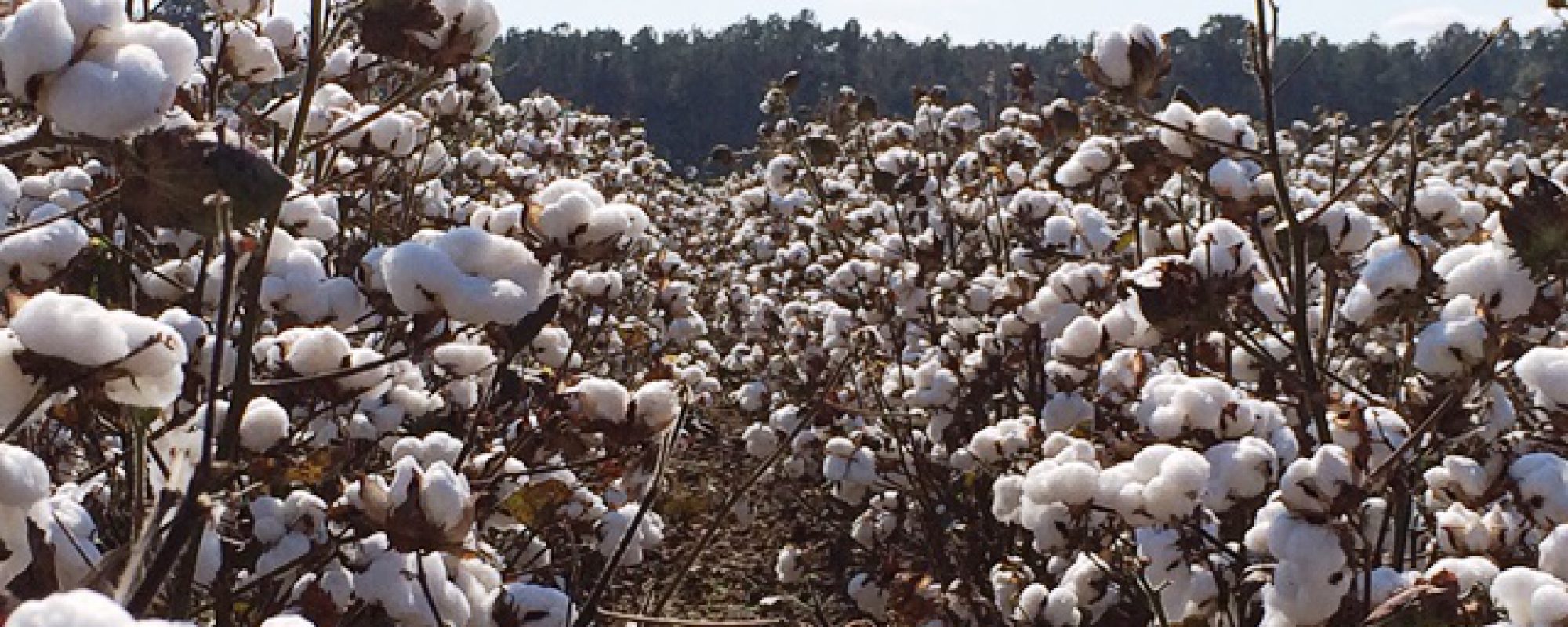With all of the rain, humidity and heat this season it is becoming evident and noticeable that it has been ideal for disease. Please view below comments from Dr. Bob Kemerait for an update of what is currently going on in the fields:
DISEASES of PEANUT: White mold and leaf spot aren’t breaking lose in every peanut field in Georgia, BUT hot temperatures, high humidity and frequent rains have created near-perfect conditions for the development, spread and, sometimes, explosion of these diseases. Growers need to stay on a good fungicide program, tightening spray intervals where disease is becoming problematic and/or where there is concern if the crops have received enough drying time after a fungicide was applied.
FOUR COTTON DISEASES: Target spot, areolate mildew, Stemphylium leaf spot, and bacterial blight.
- Bacterial blight is present and is affecting yield in some fields. Susceptible varieties will get this disease and losses may occur. THERE IS NOTHING TO BE DONE ABOUT IT NOW. However, growers should note the varieties where they find it and determine at the end of the season if the disease became severe enough to avoid planting those varieties again.
- Stemphylium leaf spot is present as well. Stemphylium leaf spot is caused by a deficiency in potassium in the plant. Fungicides ARE NOT a solution for Stemphylium leaf spot.
- Target spot and areolate mildew are present in a number of fields this year.
- At times, target spot and areolate mildew appear late enough in the season that the defoliation resulting from these diseases does not affect yield and use of fungicides is not needed.
- The question for both diseases is not, “Can we protect the cotton in this field with a fungicides?” but rather, “Should we protect the cotton in this field with a fungicide?”
- We have very very little data on areolate mildew, but from what I do have, I am confident that we can easily control this disease using strobilurin products like Headline or Quadris, or mixed products like Priaxor or Elatus. Proline may work as well, but I don’t have data.
- Though we can control areolate mildew, does it make us any more yield than if we didn’t control it? When conditions are favorable, areolate mildew can rapidly defoliate a cotton crop. If a grower is withing 3-to-4 weeks of defoliating anyway, I would NOT use a fungicide. If the crop still had 4 or more weeks to go, I would consider weather, yield potential, how much disease is in the field and then decide to spray or not.
- If areolate mildew, or target spot, is already well-established in the field (i.e. causing significant defoliation, then there is little hope that a fungicide will help.
- Target spot is a significant concern this year and is widespread. Not every cotton grower in the state needed to spray a fungicide for target spot, but I encourage growers to carefully consider their options.
- Target spot is of particular concern this year because a) the wet and warm conditions are perfect for an explosion of the disease, b) the disease has been found early in many fields, and c) the price of cotton makes protection 100-250 lbs lint/acre attractive.
- I believe the best window of opportunity for managing target spot is from the first week of bloom to the sixth week of bloom.
- A little target spot in a crop (meaning scattered spots on lower leaves and no defoliation) during the first week of bloom and favorable weather IS a concern, as it would be at the third week as well. A “little target spot” at the 4th-6th week of bloom is much less of a concern.
- When a fungicide program begins as early as the first week of bloom because of the disease situation; a second application may be beneficial two-to three weeks later. I don’t envision an application, follow-up or otherwise, after the 6th week.
- It will be quite difficult to control (impossible?) target spot if there is already significant defoliation in the field before an application is made. If 25-30% of the leaves are already gone, a fungicide likely won’t work.
- THE THREE MOST IMPORTANT POINTS TO MANAGE TARGET SPOT, in order of importance, are 1. TIMING 2. COVERAGE 3. SELECTION of FUNGICIDE.
